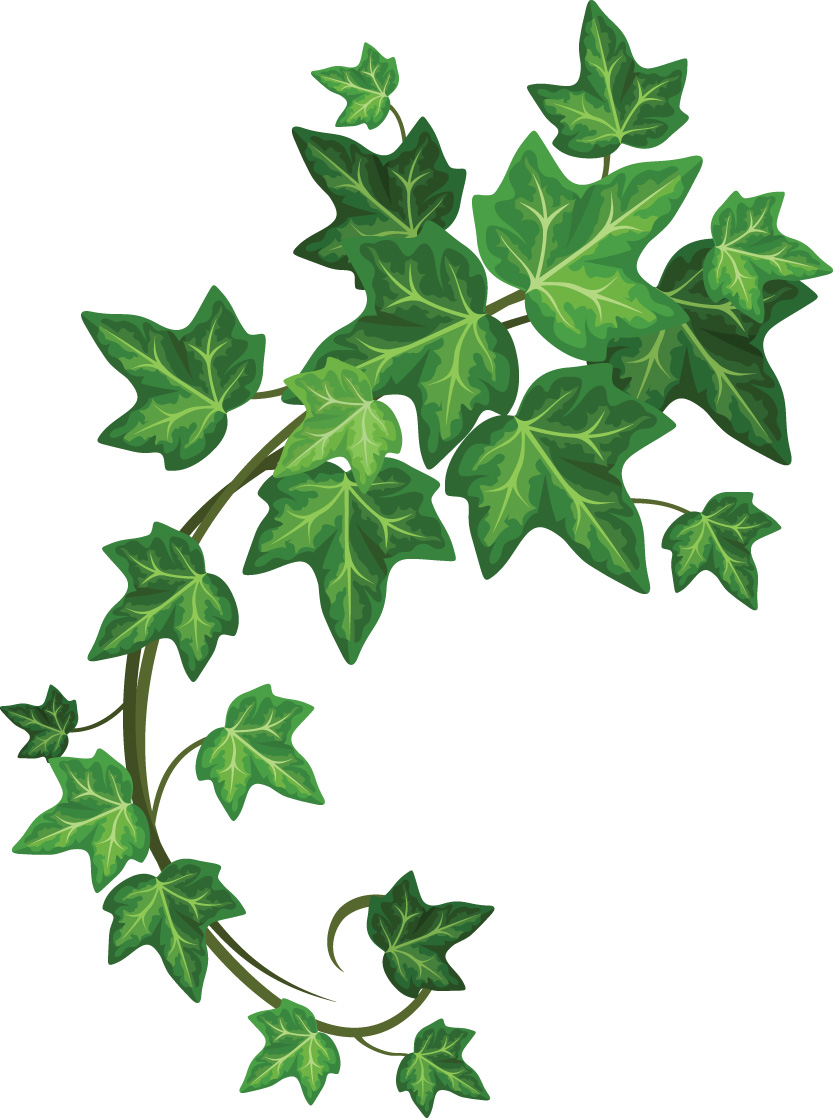English ivy (Hedera helix)
Associated with legacy and prestige, English ivy has become one of the most prominent invasive plants in forests, especially near the coasts. As it has here, this exotic plant forms thick mats of groundcover, known as “ivy deserts”, where other plants seem unable to compete. The mat blocks natural regeneration in forests, displaces native species and damages trees.
Ivy is toxic to most native songbirds, however the berries are consumed by certain species including blackbirds, starlings, robins, house sparrows and cedar waxwings.
The restoration follows the recommendations of the Xerces Society, a not-for-profit promoting the conservation of pollinators and other insects and invertebrates as well as reducing the use of pesticides. Initially, the years of accumulated debris and the glossy buckthorn trees will be removed and the ivy cut back. The area will be covered with clear plastic for up to two years, which has been shown to eliminate the plant. Since ivy seed does not persist in the “seedbank,” we hope that this effort will remove the ivy and prepare the area for the restoration of native plants. But this will require ongoing monitoring and action.
Some content adapted from: Canadian Journal of Plant Science, 28 March 2018, https://doi.org/10.1139/cjps-2018-0009


